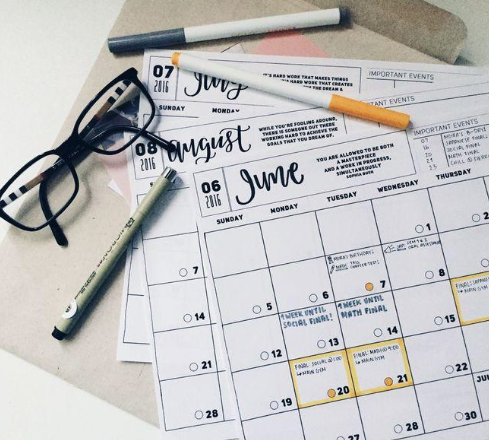Learning a new language is an exciting goal, but without a plan, it’s easy to lose motivation or feel overwhelmed. A personalized language learning plan helps you stay organized, measure progress, and make the most of your study time. Whether you’re learning for travel, work, or fun, here’s how to create an effective language learning plan that works for your lifestyle and goals.
1. Set Clear, Realistic Goals
Start by deciding what you want to achieve. Do you want to hold a conversation, travel with ease, or pass a language exam? Break this down into smaller milestones, such as learning 100 new words in a month or mastering common verb tenses.
2. Choose Your Study Tools
Pick the resources that suit your learning style and schedule. This could include:
- Language learning apps (e.g., Duolingo, Babbel, Memrise)
- Flashcards (physical or digital)
- Grammar books and workbooks
- Podcasts, videos, and songs in the target language
- Language exchange partners or tutors
3. Build a Weekly Schedule
Consistency matters more than long study sessions. Aim for 15–30 minutes a day, 5–6 days a week. Designate specific times for different skills:
- Monday: Vocabulary and flashcards
- Tuesday: Listening practice
- Wednesday: Grammar review
- Thursday: Speaking practice
- Friday: Reading comprehension
4. Include All Four Core Skills
A balanced plan covers speaking, listening, reading, and writing. Each skill reinforces the others, helping you become a well-rounded communicator. Don’t skip speaking—even short conversations or self-talk build confidence.
5. Track Your Progress
Keep a learning journal or use tracking tools in apps. Note what you’ve learned, what you struggled with, and what you want to review. This reflection keeps you accountable and shows how much you’ve improved.
6. Review Regularly
Make time each week to review older material. Spaced repetition helps move information from short-term to long-term memory. Tools like Anki or Quizlet can support review with customized flashcards.
7. Adjust When Necessary
Your plan isn’t set in stone. If something isn’t working or your schedule changes, update your plan. The best learning strategy is one that fits your lifestyle and keeps you motivated.
8. Reward Your Milestones
Celebrate progress! Whether it’s watching a movie in your target language or treating yourself to a small reward, recognizing your achievements keeps learning enjoyable.
Conclusion
Creating your own language learning plan sets the foundation for success. With clear goals, consistent practice, and regular progress checks, you can stay focused and motivated on your journey to fluency. Tailor your plan to your needs, stay flexible, and enjoy the process of discovering a new language.














